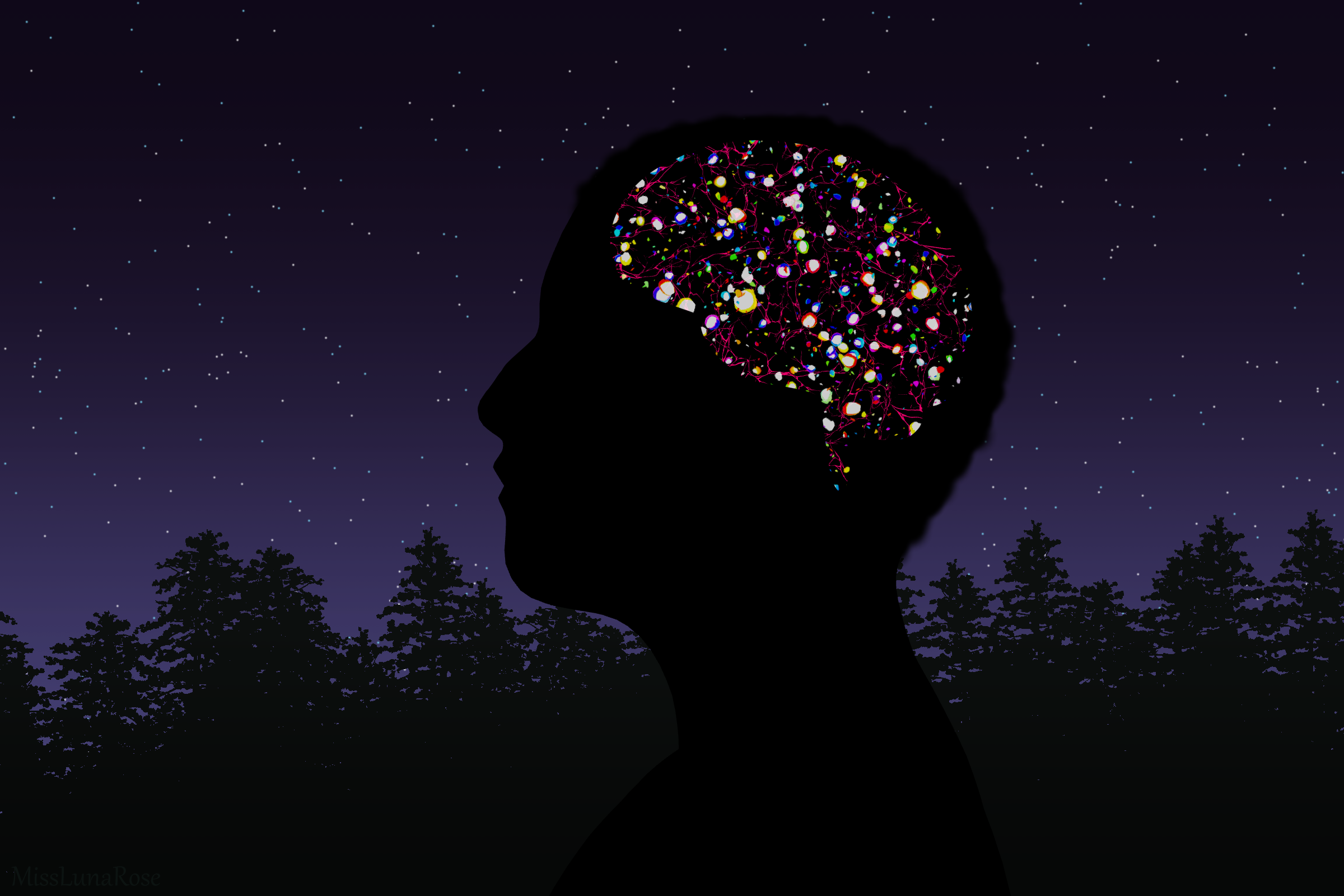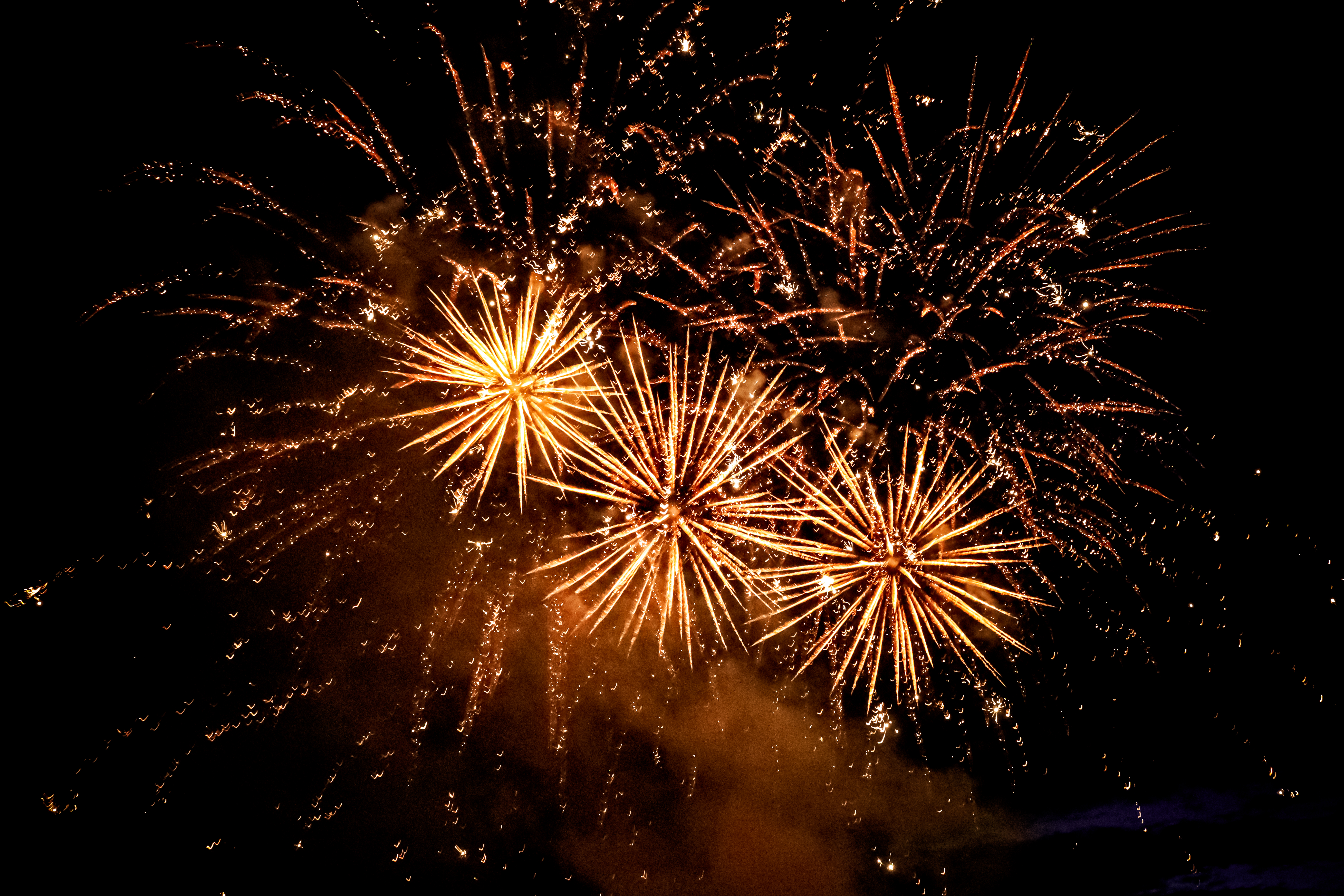Fireworks and Autism: Top 10 Insights Into Sensory Impacts and Strategies for Thriving
The world of fireworks is a mesmerizing spectacle for many, a vibrant dance of colors and sounds that illuminates the night sky. However, for individuals with autism, this dazzling display can be a source of profound sensory overload. Autism Spectrum Disorder (ASD) often involves unique sensory processing, where heightened sensitivity to stimuli can turn ordinary experiences into overwhelming challenges. This article delves into the intricate relationship between fireworks and autistic individuals, exploring the myriad ways these explosive displays affect their sensory world and how they navigate these challenges. Ultimately, we seek to inspire a deeper understanding of the sensory world of autism, encouraging readers to consider how they can support and accommodate the needs of those affected by this unique condition.
The Science of Sensory Processing in Autism

Sensory processing refers to the way the nervous system receives and interprets information from the senses. In individuals with autism, this process can be atypical, leading to either hypersensitivity or hyposensitivity to sensory stimuli. This section delves into the scientific underpinnings of sensory processing in autism, providing a foundation for understanding how fireworks uniquely affect autistic individuals. Research indicates that many autistic people experience heightened sensitivity to sensory input, a phenomenon known as sensory over-responsivity. This can manifest as an exaggerated response to sounds, lights, and other stimuli, which are all integral components of a fireworks display. The neural mechanisms behind these sensory experiences are complex, involving atypical connectivity and activity in brain regions responsible for sensory integration. Understanding these mechanisms is crucial for appreciating the sensory challenges posed by fireworks.
Moreover, sensory processing differences in autism are not uniform; they vary widely among individuals. Some may find the loud noises of fireworks distressing, while others might be more affected by the bright lights or the unpredictability of the display. This variability underscores the importance of personalized approaches when supporting autistic individuals during sensory-rich events like fireworks. By acknowledging the science of sensory processing, we can better comprehend the diverse ways in which fireworks impact those on the autism spectrum.
The Auditory Impact of Fireworks

For many autistic individuals, the auditory aspect of fireworks can be particularly challenging. Fireworks produce sudden, loud noises that can trigger anxiety and discomfort, especially for those with heightened auditory sensitivity. This section explores the auditory impact of fireworks on autistic individuals and discusses strategies to mitigate these effects. The loud booms and bangs of fireworks can be perceived as painful or overwhelming by those with auditory hypersensitivity. This can lead to a fight-or-flight response, causing distress and prompting individuals to seek refuge from the noise. For some, the unpredictability of the sounds exacerbates their anxiety, as they are unable to anticipate when the next explosion will occur. This lack of control over auditory stimuli can be particularly unsettling for autistic individuals who thrive on predictability and routine.
To navigate the auditory challenges posed by fireworks, many autistic individuals and their families employ a variety of coping strategies. Noise-canceling headphones or earplugs are commonly used to reduce the intensity of the sounds, providing a sense of relief and control. Additionally, some families opt for quieter, more sensory-friendly firework displays, where the volume is reduced, and the focus is on visual effects. By understanding and accommodating the auditory needs of autistic individuals, we can create more inclusive environments that allow them to enjoy the beauty of fireworks without distress.
